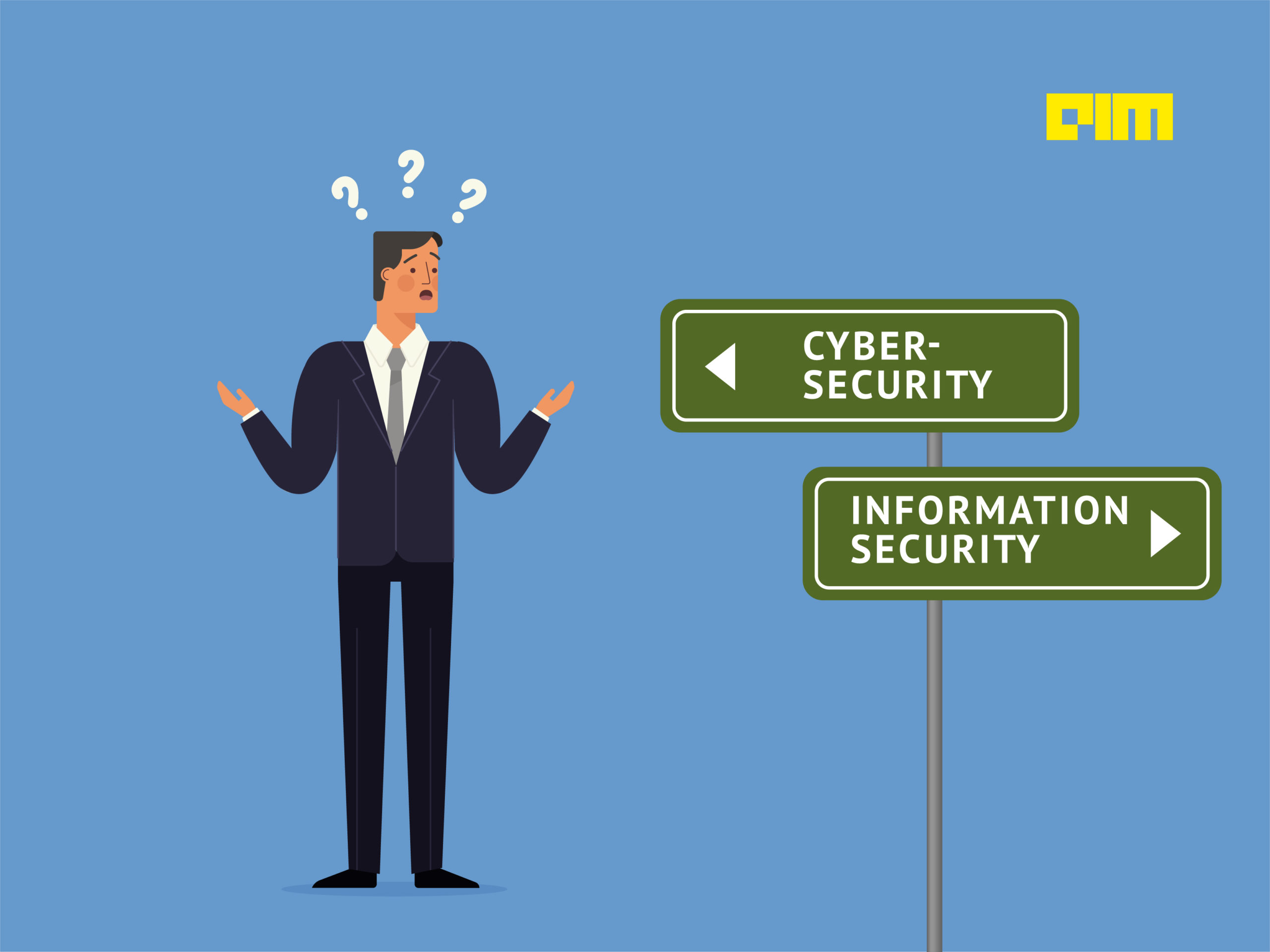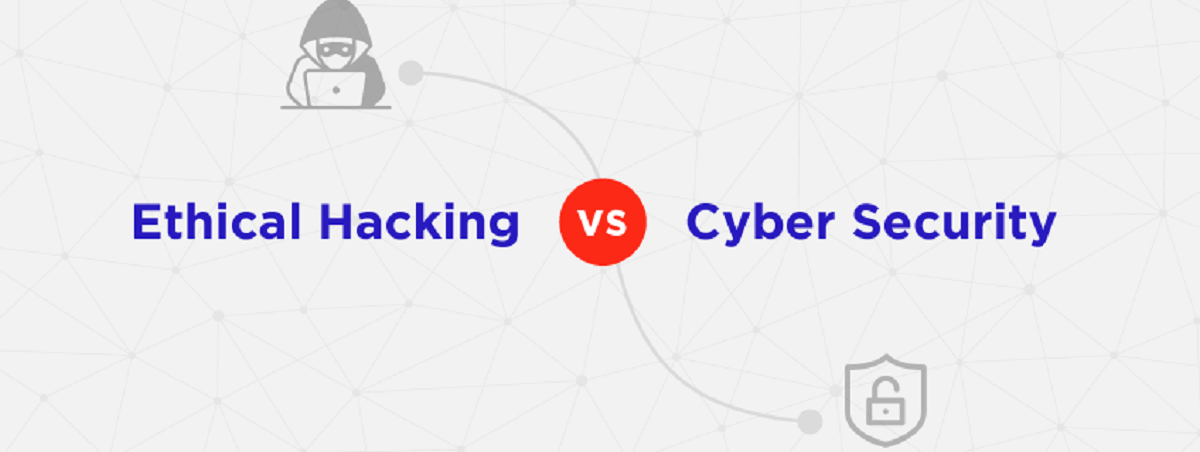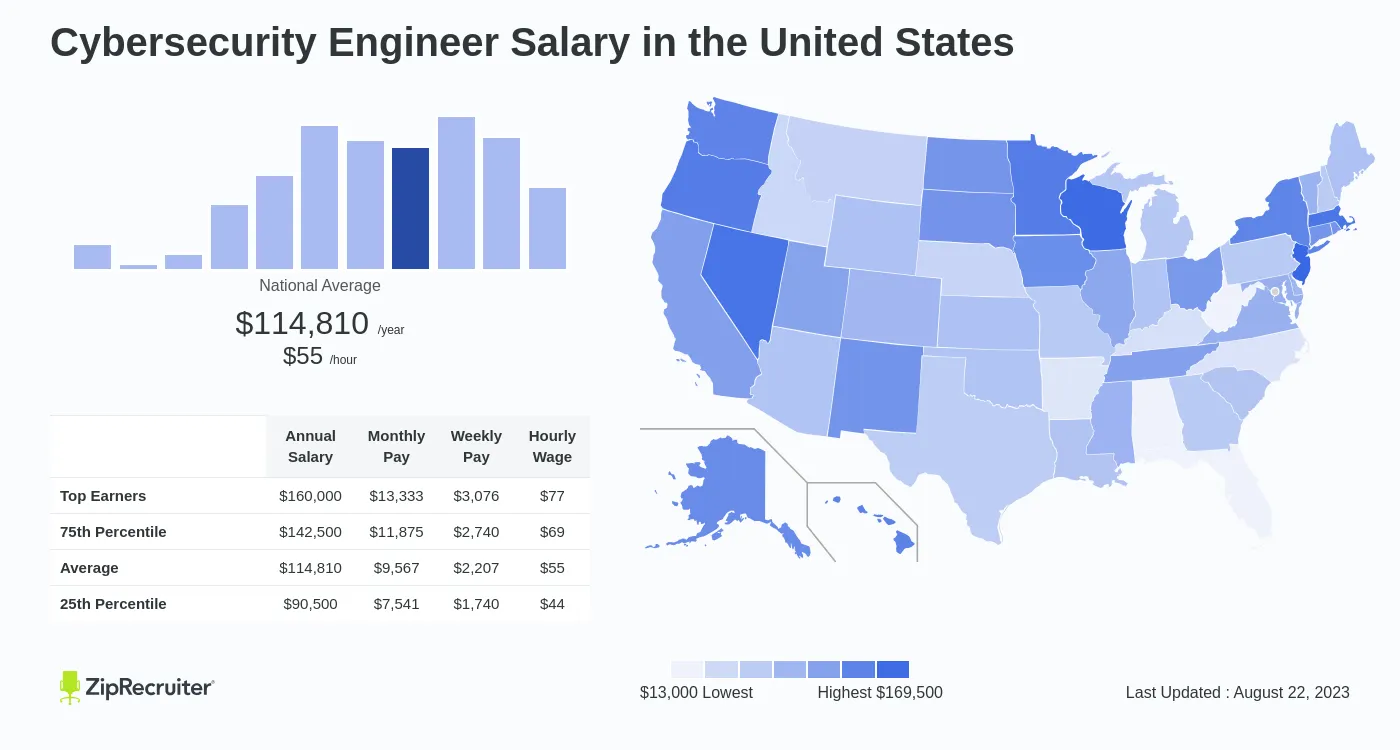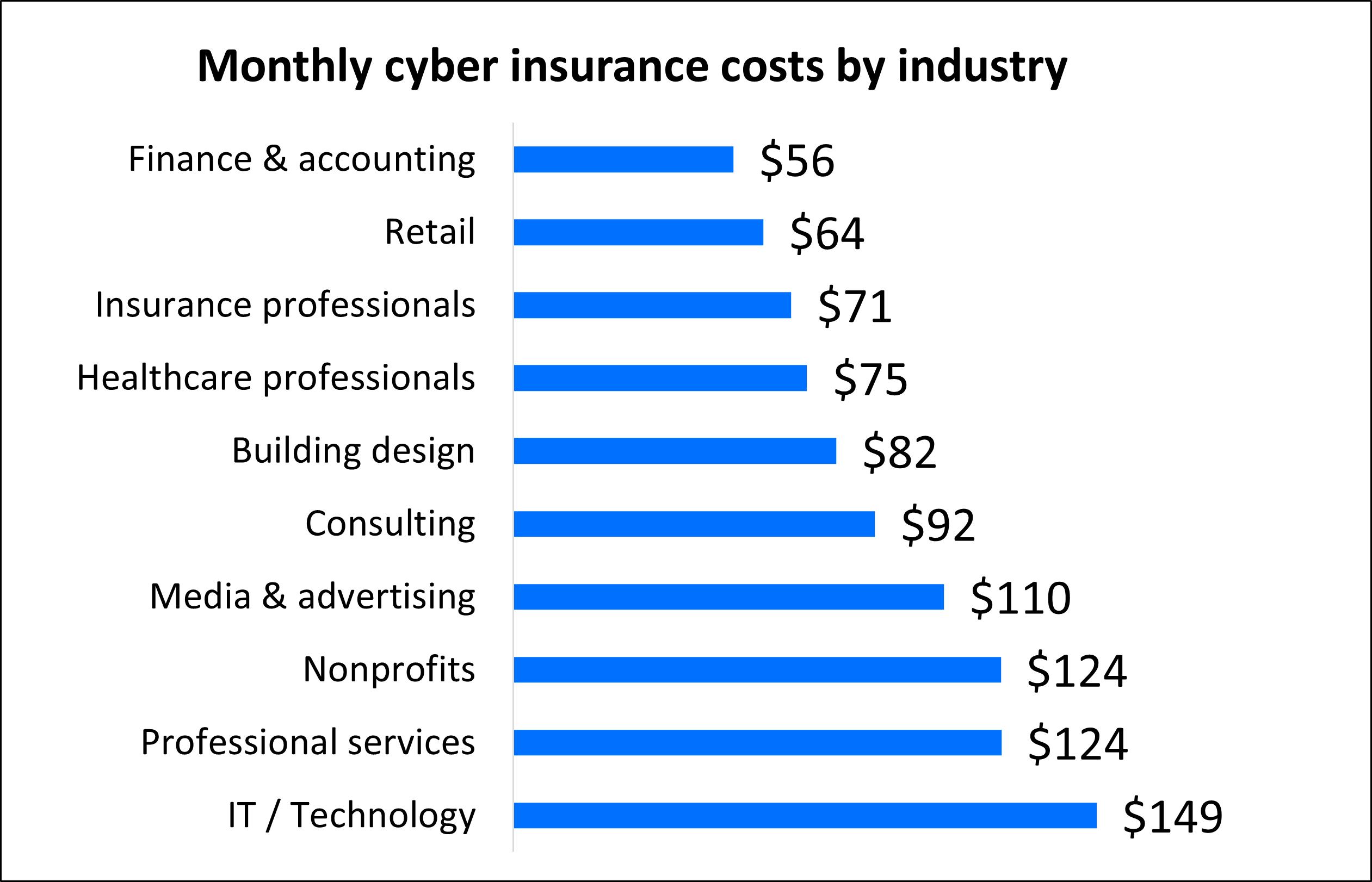Introduction
Welcome to the digital age, where technology reigns supreme and has revolutionized the way we live, work, and communicate. As we embrace the benefits and convenience of the digital world, we must also recognize the growing risks and threats associated with it. This is where cybersecurity and information security come into play. While these terms are often used interchangeably, they actually refer to distinct but interconnected aspects of safeguarding valuable data and protecting individuals, organizations, and countries from cyber threats.
Cybersecurity and information security are critical components of any modern society’s defense against cyberattacks, data breaches, and unauthorized access to sensitive information. In today’s interconnected and data-driven world, ensuring the confidentiality, integrity, and availability of information is of paramount importance. However, understanding the differences between cybersecurity and information security is essential to effectively address the challenges posed by cyber threats.
In this article, we will delve into the definitions and nuances of cybersecurity and information security, explore the key differences between them, highlight their individual focuses, and discuss their similarities and importance in today’s digital landscape.
Definition of Cybersecurity
Cybersecurity refers to the practice of protecting devices, systems, networks, and data from digital attacks, unauthorized access, and malicious activities. It encompasses a range of measures, processes, and tools designed to prevent, detect, and respond to cyber threats effectively.
The primary objective of cybersecurity is to ensure the confidentiality, integrity, and availability of information in digital environments. It involves implementing a comprehensive set of security measures to protect against various types of cyber threats, such as malware, ransomware, phishing, hacking, and data breaches.
Cybersecurity employs both technical and non-technical approaches to safeguard digital assets. This includes implementing robust security protocols, firewalls, encryption mechanisms, access controls, intrusion detection systems, and regular security audits. Additionally, cybersecurity also involves educating individuals and fostering a culture of security awareness to mitigate human-related vulnerabilities.
One of the fundamental principles of cybersecurity is the concept of defense-in-depth, which involves deploying multiple layers of security controls to create a strong line of defense against cyber threats. This multi-layered approach ensures that if one layer is breached, there are other layers in place to mitigate the impact and prevent further exploitation.
The field of cybersecurity is rapidly evolving due to the ever-changing nature of cyber threats. As technology advances, new vulnerabilities emerge, requiring constant adaptation and innovation in cybersecurity strategies. This dynamic nature of cybersecurity necessitates ongoing research, development, and collaboration among security professionals, industry experts, and government agencies to stay ahead of cybercriminals.
Definition of Information Security
Information security, also known as infosec, refers to the protection of information from unauthorized access, disclosure, alteration, and destruction. It encompasses the preservation of the confidentiality, integrity, and availability of information, regardless of its form – whether it’s digital or physical.
Information security focuses on safeguarding all types of sensitive data, including personal information, financial records, business secrets, intellectual property, and government classified information. By implementing various security controls and policies, information security aims to minimize the risks and vulnerabilities associated with both intentional and unintentional threats.
One of the key principles of information security is the CIA triad, which stands for confidentiality, integrity, and availability. Confidentiality ensures that only authorized individuals or systems can access and view sensitive information. Integrity verifies that the information remains accurate, complete, and unaltered throughout its lifecycle. Availability ensures that the information is accessible and usable when needed, without any unauthorized disruptions.
Information security covers a broad spectrum of protective measures, including physical security, technical security, administrative controls, and human behavior. Physical security involves securing physical assets, such as servers, data centers, and storage devices, through measures like access controls, surveillance systems, and environmental safeguards.
Technical security focuses on securing digital infrastructure and technologies, such as networks, systems, applications, and databases. This involves implementing encryption, authentication mechanisms, intrusion detection systems, antivirus software, and regular software updates to protect against cyber threats.
Administrative controls include policies, procedures, and guidelines that govern the secure handling, storage, and disposal of information. This encompasses risk assessments, incident response plans, employee training, and access management practices to ensure information security best practices are followed.
Lastly, human behavior is a critical aspect of information security. Recognizing that humans are often the weakest link in security, promoting security awareness, training, and compliance can significantly reduce the risks associated with social engineering, phishing attacks, and inadvertent data breaches.
Overall, information security provides a holistic approach to protecting valuable data, both in digital and physical forms, by employing a combination of technical, physical, and administrative controls, supported by security-aware behaviors and practices.
Key Differences Between Cybersecurity and Information Security
While cybersecurity and information security are closely related and often used interchangeably, they have distinct focuses and objectives. Understanding the differences between the two is essential to effectively address the evolving challenges posed by cyber threats. Here are the key differences between cybersecurity and information security:
1. Scope: Cybersecurity primarily focuses on protecting digital assets, including devices, networks, and data, from cyber threats and attacks. It is concerned with securing the virtual realm. On the other hand, information security encompasses a broader scope and includes the protection of all types of information, irrespective of its format, whether digital or physical.
2. Nature of Threats: Cybersecurity is specifically geared towards mitigating risks associated with cyber threats, such as malware, phishing, hacking, and ransomware attacks. It deals with external threats targeting digital infrastructure. Information security, on the other hand, covers a wider range of threats, including physical theft, unauthorized access, human error, and natural disasters that can compromise the integrity, confidentiality, and availability of information.
3. Focus: Cybersecurity primarily focuses on securing technologies, systems, and networks by implementing technical controls and practices. It emphasizes the protection of digital assets against cyber threats. In contrast, information security places equal emphasis on technical, physical, and administrative controls to safeguard information in various formats, including physical records, documents, and intellectual property.
4. Implementation: Cybersecurity measures are heavily reliant on technology-based solutions, such as firewalls, intrusion detection systems, encryption, and vulnerability scanning tools. It involves deploying advanced technical measures to defend against cyber threats. Information security, while also employing technical controls, encompasses a broader range of security measures, including physical access controls, document shredding policies, employee training programs, and security awareness campaigns.
5. Expertise: Cybersecurity often requires specialized skills and knowledge in areas like network security, cryptography, malware analysis, and incident response. Professionals in the field of cybersecurity are focused on protecting digital assets effectively. In contrast, information security professionals need a broader understanding of security concepts, risk management, legal and regulatory compliance, and data protection across various information formats and environments.
Although there are differences between cybersecurity and information security, it’s important to note that they are interrelated and work hand in hand to ensure the overall protection of valuable information and digital assets. Organizations should aim to have comprehensive strategies that encompass both cyber and information security measures to create a strong defense against modern threats.
Focus of Cybersecurity
Cybersecurity has a specific focus on protecting digital assets, systems, networks, and data from cyber threats and attacks. Its primary objective is to safeguard the confidentiality, integrity, and availability of information in the digital space. Here are the key areas of focus in cybersecurity:
1. Threat Prevention: Cybersecurity professionals work diligently to prevent cyber threats before they can penetrate a system or network. This involves implementing robust security measures, such as firewalls, intrusion detection systems, and access controls, to deter unauthorized access and malicious activities. Additionally, cybersecurity focuses on proactively identifying vulnerabilities and patching system weaknesses to prevent potential breaches.
2. Incident Detection: Cybersecurity teams utilize a range of advanced tools and techniques to detect potential cyber threats and anomalous activities within a system or network. This includes monitoring network traffic, analyzing log files, and utilizing intrusion detection and prevention systems (IDS/IPS). The focus is on early detection of any breaches or compromises, allowing for swift response and mitigation.
3. Incident Response: In the event of a cyber incident or breach, cybersecurity professionals play a crucial role in responding quickly and effectively. This involves containing the incident, assessing the impact, and deploying appropriate countermeasures to mitigate further damage. Incident response strategies often include steps like isolating affected systems, conducting forensic analysis, notifying relevant parties, and implementing remediation measures.
4. Threat Intelligence: Cybersecurity professionals actively gather and analyze threat intelligence to better understand the ever-evolving landscape of cyber threats. This involves constant monitoring of emerging attack techniques, vulnerabilities, and threat actors. By staying informed about the latest threats and trends, cybersecurity teams can proactively update security protocols and defenses to stay one step ahead of potential attacks.
5. Security Awareness: Another critical focus of cybersecurity is promoting a culture of security awareness within organizations and among individuals. This includes educating employees and users about best practices in password management, email phishing, social engineering, and other common attack vectors. By enhancing security awareness, organizations can reduce the risk of human error and minimize the likelihood of successful cyberattacks.
6. Compliance and Regulations: Cybersecurity also involves ensuring compliance with relevant regulations and industry-specific requirements. This can include standards such as the General Data Protection Regulation (GDPR), Payment Card Industry Data Security Standard (PCI DSS), and Health Insurance Portability and Accountability Act (HIPAA). Fulfilling compliance obligations is vital to maintaining data privacy, protecting sensitive information, and avoiding legal and financial repercussions.
Overall, the focus of cybersecurity revolves around protecting digital assets, systems, networks, and data from cyber threats through preventative measures, incident detection and response, threat intelligence, security awareness, and compliance with relevant regulations. By diligently addressing these focus areas, organizations can fortify their defenses against the continuously evolving cyber threat landscape.
Focus of Information Security
Information security encompasses a broad focus on protecting all types of information, regardless of its format, from unauthorized access, disclosure, alteration, and destruction. Its primary objective is to ensure the confidentiality, integrity, and availability of information, whether it is in digital or physical form. Here are the key areas of focus in information security:
1. Confidentiality: One of the main focuses of information security is ensuring the confidentiality of sensitive information. This involves implementing access controls, encryption, and secure transmission methods to prevent unauthorized individuals or systems from accessing and viewing confidential data. Measures such as data classification, user authentication, and data encryption techniques are employed to protect sensitive information from being disclosed to unauthorized entities.
2. Integrity: Information security also focuses on maintaining the integrity of data throughout its lifecycle. This involves ensuring that information remains accurate, complete, and unaltered. Techniques such as data validation, checksums, and digital signatures are used to detect any unauthorized modifications or tampering of information. By maintaining data integrity, organizations can have confidence in the accuracy and reliability of their information.
3. Availability: Another critical focus of information security is ensuring the availability of information when needed. This involves implementing measures to prevent disruptions or denial-of-service attacks that could make information inaccessible. Redundancy, backup systems, disaster recovery plans, and system maintenance practices are employed to ensure that information remains available to authorized individuals and systems, even in the face of unexpected events or attacks.
4. Risk Management: Information security places a strong emphasis on managing risks associated with the protection of information. This involves conducting risk assessments to identify vulnerabilities, threats, and potential impact on information assets. Risk mitigation strategies are then implemented to reduce the likelihood and impact of identified risks. By proactively managing risks, organizations can make informed decisions about allocating resources and implementing appropriate security controls.
5. Compliance: Information security also focuses on ensuring compliance with applicable laws, regulations, and industry standards. This includes privacy regulations, data protection requirements, intellectual property rights, and contractual obligations. Compliance measures such as regular audits, privacy policies, access controls, and security awareness training are implemented to fulfill legal and regulatory obligations and protect against legal and financial consequences.
6. Physical Security: While the digital realm is an important focus, information security also includes the protection of physical assets that store and handle information. This may involve physical access controls, secure storage facilities, surveillance systems, and secure document destruction. By ensuring the physical security of information, organizations can prevent unauthorized access and theft of confidential information.
Overall, the focus of information security is to protect all types of information, maintain its confidentiality, integrity, and availability, manage risks associated with its protection, ensure compliance with regulations and standards, and secure physical assets that handle information. By addressing these focus areas, organizations can effectively safeguard their valuable information assets.
Similarities Between Cybersecurity and Information Security
Cybersecurity and information security, while distinct in their focuses, share many similarities in terms of their goals and overarching principles. Understanding these similarities is crucial for developing a comprehensive approach to protecting valuable data and mitigating cyber threats. Here are some key similarities between cybersecurity and information security:
1. Core Objective: The fundamental goal of both cybersecurity and information security is to protect valuable data and preserve its confidentiality, integrity, and availability. Whether in digital or physical form, both disciplines aim to ensure that information is accessible only to authorized individuals or systems and remains accurate, complete, and protected from unauthorized access or modification.
2. Risk Management: Both cybersecurity and information security emphasize the importance of risk management. They recognize the necessity of identifying, assessing, and mitigating risks associated with the protection of sensitive information. This involves considering factors such as vulnerabilities, threats, potential impact, and likelihood of incidents to make informed decisions about allocating resources and implementing appropriate security controls.
3. Multi-Layered Approach: Both disciplines employ a multi-layered approach to security. They recognize that relying on a single security measure is not sufficient to protect against evolving threats. Instead, they advocate for implementing multiple layers of security controls, including technical, physical, and administrative measures, to create a strong line of defense. By implementing multiple layers, organizations can increase the resilience of their security posture and mitigate the impact of potential incidents.
4. Human Element: Both disciplines acknowledge the significance of human behavior in maintaining effective security. They recognize that humans can be both a vulnerability and a defense. Both cybersecurity and information security emphasize the importance of security awareness training, promoting a culture of security, and ensuring that employees and users understand the implications of their actions on information security. By educating individuals and fostering a security-conscious mindset, organizations can reduce the risk of human error and improve overall security.
5. Compliance: Both cybersecurity and information security align with regulatory requirements and industry standards. They emphasize the need to comply with applicable laws, regulations, and industry-specific guidelines. This includes data protection regulations, privacy requirements, industry best practices, and contractual obligations. Compliance measures such as regular audits, security policies, and access controls are essential components of both cybersecurity and information security.
6. Constant Adaptation: Lastly, both disciplines acknowledge the dynamic nature of the cyber threat landscape and the necessity of continuous adaptation. Cybersecurity and information security professionals must stay informed about the latest threats, vulnerabilities, and security technologies. They need to actively monitor emerging trends, update security protocols, and engage in ongoing professional development to address the evolving challenges and stay ahead of cybercriminals.
While cybersecurity and information security have distinct focuses, their similarities lie in their shared objectives of protecting valuable data, emphasizing risk management, employing a multi-layered approach, addressing the human element, ensuring compliance, and adapting to the ever-evolving threat landscape. Recognizing these similarities allows organizations to develop holistic and robust security strategies that encompass both disciplines.
Importance of Cybersecurity and Information Security
Cybersecurity and information security play a critical role in today’s digital landscape. The importance of these disciplines cannot be overstated, as they are essential for protecting valuable data and ensuring the trust, confidentiality, integrity, and availability of information. Here are some key reasons why cybersecurity and information security are of utmost importance:
1. Data Protection: In an era where data is an invaluable asset for individuals, organizations, and governments, cybersecurity and information security are paramount for safeguarding sensitive information. This includes personal data, financial records, intellectual property, trade secrets, and confidential business information. Protecting this information is vital to maintain privacy, prevent identity theft, avoid reputational damage, and preserve competitive advantage.
2. Prevention of Cyber Attacks: The threat landscape continues to evolve, with cybercriminals becoming increasingly sophisticated in their methods. Cybersecurity and information security measures are essential for preventing cyber attacks, such as malware infections, ransomware attacks, phishing, and hacking attempts. By implementing robust security controls, organizations can minimize the risk of breaches, financial loss, and disruptions to operations.
3. Business Continuity: Effective cybersecurity and information security measures are crucial for ensuring business continuity. Cyber incidents and data breaches can have severe consequences, including loss of customer trust, financial damage, and operational disruptions. By implementing comprehensive security strategies, organizations can reduce the likelihood and impact of incidents, enabling them to continue operating smoothly even in the face of cyber threats.
4. Compliance with Laws and Regulations: Organizations are subject to various laws, regulations, and industry standards related to data protection, privacy, and security. Compliance with these requirements is vital to avoid legal and financial penalties, maintain customer trust, and protect sensitive information. Cybersecurity and information security measures help organizations meet these compliance obligations, ensuring that they operate within the legal and regulatory framework.
5. Protection of Critical Infrastructure: Cyber threats not only target individuals and businesses but also critical infrastructure sectors such as energy, healthcare, transportation, and communication networks. The consequences of a successful cyber attack on critical infrastructure can be devastating, with potential impacts on public safety, national security, and economic stability. Robust cybersecurity and information security measures are essential for protecting these vital systems.
6. Trust and Customer Confidence: Maintaining trust and customer confidence is paramount in any business or organization. Demonstrating a commitment to cybersecurity and information security helps build trust with customers, partners, and stakeholders. Organizations that prioritize security can differentiate themselves from competitors and attract customers who value the protection of their information and the assurance of secure transactions.
7. Protection of Intellectual Property: Intellectual property (IP) is a valuable asset for organizations. Cybersecurity and information security measures are crucial for protecting intellectual property from theft or unauthorized access. By safeguarding IP, organizations can protect their competitive advantage, innovations, and research and development investments.
In summary, cybersecurity and information security are of utmost importance in today’s digital landscape. They are essential for protecting data, preventing cyber attacks, ensuring business continuity, complying with laws and regulations, safeguarding critical infrastructure, maintaining trust and customer confidence, and protecting intellectual property. By prioritizing these disciplines, organizations can establish a robust security posture that mitigates risks, safeguards information, and enables the safe and secure operation in a digital world.
Conclusion
Cybersecurity and information security are vital aspects of today’s digital world. While they have distinct focuses, they both share the common goal of protecting valuable data and ensuring the confidentiality, integrity, and availability of information. By understanding the differences and similarities between the two disciplines, organizations can develop comprehensive strategies to mitigate cyber threats effectively.
Cybersecurity plays a crucial role in safeguarding digital assets, systems, networks, and data from cyber threats and attacks. It emphasizes threat prevention, incident detection and response, and security awareness. On the other hand, information security focuses on protecting all types of information, including physical assets, through measures such as confidentiality, integrity, availability, risk management, and compliance.
Both cybersecurity and information security recognize the complexity of the evolving threat landscape and the importance of a multi-layered approach to security. They also highlight the critical role of human behavior in security, emphasizing the need for security awareness training and promoting a culture of security within organizations.
The importance of cybersecurity and information security cannot be overstated. They are essential for protecting sensitive data, preventing cyber attacks, ensuring business continuity, complying with regulations, safeguarding critical infrastructure, building customer trust, and protecting intellectual property. Organizations that prioritize cybersecurity and information security can operate with confidence in the digital realm, mitigating risks and preserving the confidentiality, integrity, and availability of their information assets.
In conclusion, organizations must recognize the significance of cybersecurity and information security in the digital age. By establishing robust security measures, following best practices, and adapting to the evolving threat landscape, they can safeguard valuable information and protect themselves from the ever-increasing cyber risks.

























